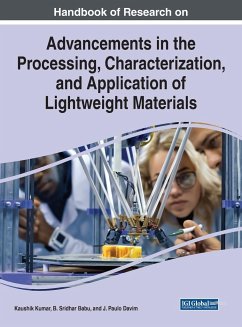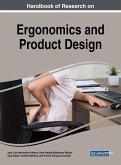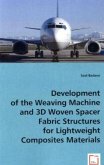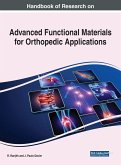In the automotive industry, the need to reduce vehicle weight has given rise to extensive research efforts to develop aluminum and magnesium alloys for structural car body parts. In aerospace, the move toward composite airframe structures urged an increased use of formable titanium alloys. In steel research, there are ongoing efforts to design novel damage-controlled forming processes for a new generation of efficient and reliable lightweight steel components. All these materials, and more, constitute today's research mission for lightweight structures. They provide a fertile materials science research field aiming to achieve a better understanding of the interplay between industrial processing, microstructure development, and the resulting material properties. The Handbook of Research on Advancements in the Processing, Characterization, and Application of Lightweight Materials provides the recent advancements in the lightweight mat materials processing, manufacturing, and characterization. This book identifies the need for modern tools and techniques for designing lightweight materials and addresses multidisciplinary approaches for applying their use. Covering topics such as numerical optimization, fatigue characterization, and process evaluation, this text is an essential resource for materials engineers, manufacturers, practitioners, engineers, academicians, chief research officers, researchers, students, and vice presidents of research in government, industry, and academia.








